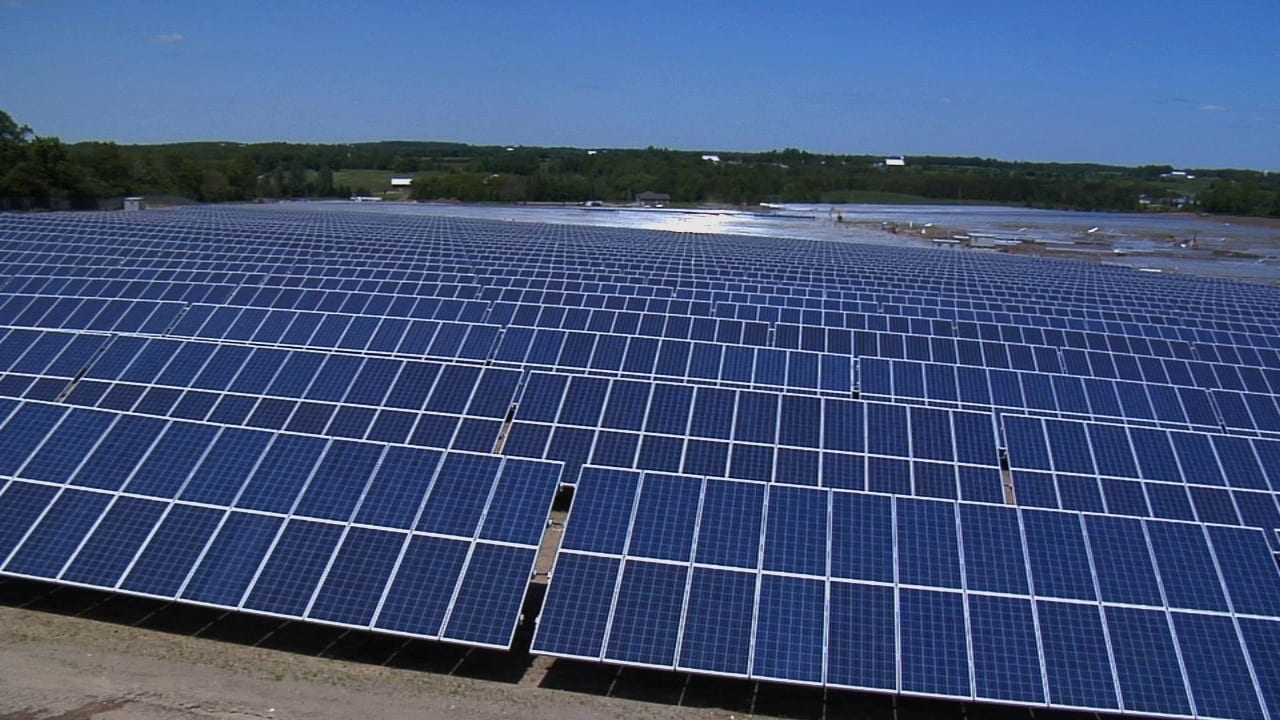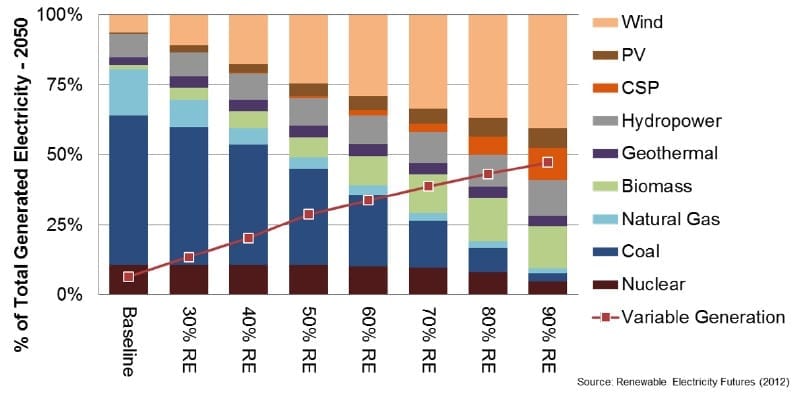
It was just last summer that SunEdison was a Wall Street darling, the very air around the fast-growing company seeming to shimmer with potential.
SunEdison was, after all, a red-hot company in a red-hot space — renewable energy. Its market capitalization reached nearly $10 billion, putting it on a par with the likes of Wynn Resorts of Las Vegas. Among the believers betting on its stock was the hedge-fund heavyweight David Einhorn of Greenlight Capital. With plans to buy Vivint Solar for $2.2 billion, SunEdison appeared unstoppable.
And then the company went supernova. Its shares fell from around $32 last summer to 34 cents this week. Mr. Einhorn furiously tried to dump his stake in recent weeks. In early March, Vivint said, “thanks, but no thanks” and exited the deal with SunEdison.
On Thursday, to the surprise of no one, SunEdison filed for bankruptcy — one of the largest in a series of recent green-energy failures.
There is a timeless element to SunEdison’s swift demise: an executive with an Icarus complex chasing a fast-growing market embarks on an aggressive strategy fueled by cheap debt. Soar. Crash. Burn. Repeat.
Yet the collapse raises a bigger question: Can renewable-energy companies be profitable? Can green make green?
The answer, of course, is yes. Just as soon as they cross over a fundamental hurdle: finding a strategy that actually works.
“We haven’t totally figured out exactly what the business models are going to look like, for who wins and who loses,” said Jason Bordoff, director of the Center on Global Energy Policy at Columbia University.
Significantly, though, the sudden decline in oil prices isn’t largely to blame. The difficulties run much deeper, echoing industrial collapses of earlier eras — the telecom-industry boom and bust of the 1990s and early 2000s, and disruptive cycles before that.
On the surface, the various green-energy companies all seem to be pursuing different strategies. But there is a unifying problem they have yet to overcome: Finding enough customers to support the costly infrastructure they must first build.
SunEdison is far from being the only troubled green-energy business.
Abengoa, which grew from a small electrical equipment company in Seville, Spain, to a multinational solar and biofuel giant, is in restructuring proceedings in the United States and abroad. Solazyme, a once-promising maker of algae-based biofuels, has abandoned the energy markets and changed its name in favor of focusing on ingredients for personal care and food products for companies like Unilever and Hormel. And NRG has pulled back from its headlong rush into alternative energy as it restructures to focus on its conventional operations after the ouster of its chief executive, David Crane.
Learn more: Renewable Energy Stumbles Toward the Future
The Latest on: Renewable energy business model
[google_news title=”” keyword=”renewable energy business model” num_posts=”10″ blurb_length=”0″ show_thumb=”left”]
via Google News
The Latest on: Renewable energy business model
- Texas energy storage dash brings 1 GW batteries within sighton May 9, 2024 at 9:27 am
Developers are installing larger batteries in Texas, with or without solar, capitalising on cost savings to maximise power revenues.
- Solar co-ops rise as a solution for low-income families to access renewable energyon May 9, 2024 at 7:30 am
Rooftop solar has long been the preserve of the affluent. Solar adopters skew white and wealthy compared to the broader public, according to a report from Lawrence Berkeley National Laboratory. The ...
- Acadia Energy Announces JDA to Develop 200 MW of Microgrids in New York Stateon May 9, 2024 at 5:30 am
AUBURN, N.Y., May 09, 2024 (GLOBE NEWSWIRE) -- (OTC: AECX) (“Acadia”), a Smart Energy Integration company, announced today that it has completed a Joint Development Agreement (JDA) with Alternus ...
- Enlight Renewable Energy Reports First Quarter 2024 Financial Resultson May 8, 2024 at 5:00 am
All of the amounts disclosed in this press release are in U.S. dollars unless otherwise notedTEL AVIV, Israel, May 08, 2024 (GLOBE NEWSWIRE) -- ...
- Vermont Legislature passes H. 298, expanding Vermont’s Renewable Energy Standardon May 7, 2024 at 12:23 pm
Vermont Business Magazine The Vermont Senate has voted in favor of H. 298 on the 3rd reading by a voice vote.
- Sustainable Business: 5 Strategies For Capitalism To Save The Planeton May 7, 2024 at 6:30 am
The question we are all wrestling with is how to do it and how to make it work within the realities of the market system.
- EQS-News: Branicks Group expands business model to include renewables asset class and cooperates with Encavis Asset Management AGon April 25, 2024 at 10:43 pm
Branicks Group expands business model to include renewables asset class and cooperates with Encavis Asset Management AG ...
- NextEra Energy Partners Shines in Q1on April 24, 2024 at 1:02 pm
NextEra Energy Partners ( NEP -1.49%), a leading renewable energy company, reported its first-quarter results for 2024 on April 23. The company's earnings per share ( EPS) of $0.75 drastically ...
- Soaring energy prices and inflation: what is the way forward and how can blockchain technology helpon April 23, 2024 at 11:27 pm
Inflation has reached levels that are now greater than the peaks achieved during the last two economic crises in the first decade of the 21st century.
- Bitcoin Spurs Major Renewable Projects From Ocean Thermal To Hydroon April 17, 2024 at 10:00 pm
It provides a financially viable renewable model while dispelling ... to incentivising sound business decisions while securing the Bitcoin network using renewable energy sources.
via Bing News











